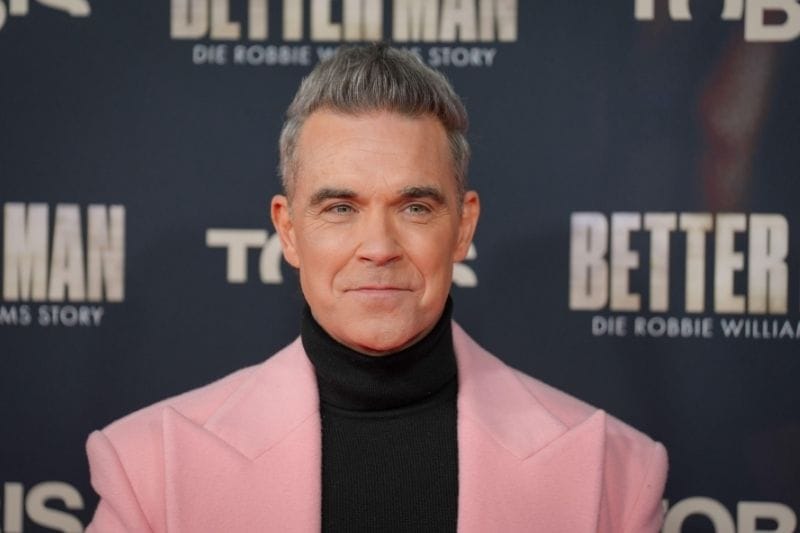If you have been dieting and are wondering what a reverse diet is, whether you really need one, and if reverse dieting actually works, the answer is fairly simple. A reverse diet is a structured way of slowly adding calories back in after a period of eating in a deficit. It helps you transition from weight loss to maintenance without quickly regaining fat. Not everyone needs to reverse diet, but many people find it useful to control hunger, avoid overeating, and keep their results. It is not a magic fix, but when done well, a reverse diet can make it easier to maintain weight loss long term.
What Does a Reverse Diet Mean?
The meaning of a reverse diet is simple. During weight loss, you eat fewer calories than you burn. A reverse diet is the step where you slowly increase your calorie intake towards your calorie maintenance level. Instead of jumping straight back to your normal eating, you add calories gradually each week.
The idea is that it gives your body time to adjust, helps your hunger signals settle down, and avoids the mental shock of “finishing a diet” and overeating. It is also a way to find your true maintenance calories without gaining unnecessary weight.
Why Do People Reverse Diet?
Many people finish a diet and feel hungry. Hunger hormones can be all over the place, and it is easy to overeat once the restriction is gone. A reverse diet is a tool to help manage this. Some coaches use it to:
- Reduce the chance of a big weight regain
- Slowly bring metabolism back up after a calorie deficit
- Help people transition to eating more food without losing control
- Avoid going from strict tracking to overeating in social situations
It is not essential for everyone, but it can be a useful part of a long-term weight loss strategy.
How Does a Reverse Diet Work?
A typical reverse diet plan adds 50–100 calories per day each week, mostly from carbs or fats, while keeping protein high still. This continues until you reach your estimated maintenance calories, or until weight stabilises.
Some people increase more quickly, others more slowly. The pace depends on how lean you got, how aggressive the diet was, and how much food you want to add back in.
Do You Need a Reverse Diet?
Not everyone does. With some of my clients, I use reverse diets because it helps them feel in control when adding calories back. It stops that “all or nothing” feeling where the diet ends and old habits creep in. They can enjoy social meals, eat more, and still keep their results.
With other clients, we do not reverse diet. Instead, they continue to eat mostly how they were during the week, but they relax a little on weekends or social occasions. This balances out without any structured increase. Both approaches can work, and it depends on your personality and relationship with food.
Reverse Diet vs Maintenance
People often ask if a reverse diet is the same as maintenance eating. They are not quite the same. Maintenance is the level of calories where you neither lose nor gain weight. A reverse diet is the gradual step up towards that point. Once you are there, you can stay at maintenance indefinitely if you want to maintain your weight.
Does a Reverse Diet Fix Your Metabolism?
You might see claims online that reverse dieting “repairs” your metabolism. The truth is that your metabolism naturally slows during a diet because your body is smaller and you burn fewer calories. Adding food back in increases your energy expenditure slightly because you are no longer in a deficit. This is not magic, just how your body works. Reverse dieting is not a special trick to “boost metabolism,” but it can help you eat more without quickly regaining fat.
How Long Should a Reverse Diet Last?
There is no set time. For some people, it might be a couple of weeks. For others, especially after long and strict diets, it can take a few months to return to maintenance comfortably. The longer and more extreme the diet, the slower you might want to reverse.
A Simple Reverse Diet Guide for Weight Loss
If you want a basic reverse diet plan, think of it as slowly stepping your calories up until you reach maintenance. Start by adding 50 to 100 calories per day for a week or two, usually from carbs or fats, while keeping protein high. Track your weight and how you feel. If your weight is stable, add a little more. Over time, you will find the point where you maintain your results without constantly feeling restricted. There is no single perfect reverse diet plan, but this steady approach works for most people.
Does a Reverse Diet Always Work?
Reverse dieting is not a guaranteed fat loss tool. It does not make you lose extra weight or keep it off automatically. It is simply one way to help manage the transition after dieting. If you go straight back to eating much more than you burn, you will gain weight. If you add calories slowly and keep some structure, you are more likely to maintain your results.
FAQs About Reverse Dieting
- What is a reverse diet in simple terms?
It is a way of slowly adding calories back after a diet to reach your maintenance level without sudden weight gain. - Can you reverse diet without tracking calories?
Yes, but it is harder to be accurate. Tracking helps you increase in small steps instead of guessing. - How do you know when to stop a reverse diet?
When your weight is stable for a couple of weeks and you feel satisfied with your food intake. - Does reverse dieting help with long-term weight loss?
It can help maintain results by avoiding rebound eating, but it is not a fat loss tool itself. - Is reverse dieting only for bodybuilders?
No, it can help anyone coming out of a strict diet, not just athletes. - Do you gain weight on a reverse diet?
You might see a small increase from water and food volume, but fat gain should be minimal if done slowly. - Can a reverse diet increase metabolism permanently?
No, it simply brings your calorie intake back to a sustainable level for your new body weight. - Is it necessary to reverse diet after every diet?
Not always. Many people manage fine by just eating sensibly after a diet. - What foods are best for reverse dieting?
Mostly the same foods you ate while dieting, just adding more carbs, fats, and variety over time. - Can you lose weight during a reverse diet?
Some people do if they were eating very low calories, but it is not the main goal. - What is a reverse diet plan?
A reverse diet plan is a simple structure to help you add calories back gradually after dieting. It usually means increasing your daily intake in small steps each week until you reach a sustainable maintenance level without regaining fat.
Reverse dieting is not magic. It is simply a tool to help you finish a diet in a controlled way and make it easier to maintain your hard-earned results. Some people need it, some do not. If you are unsure, think about how you usually react when a diet ends. If you find yourself overeating, a reverse diet could help. If you naturally balance things out, you may not need one at all.
I can help you…
I am a Weight Loss Coach, successfully helping people just like you to lose weight and keep it off:




